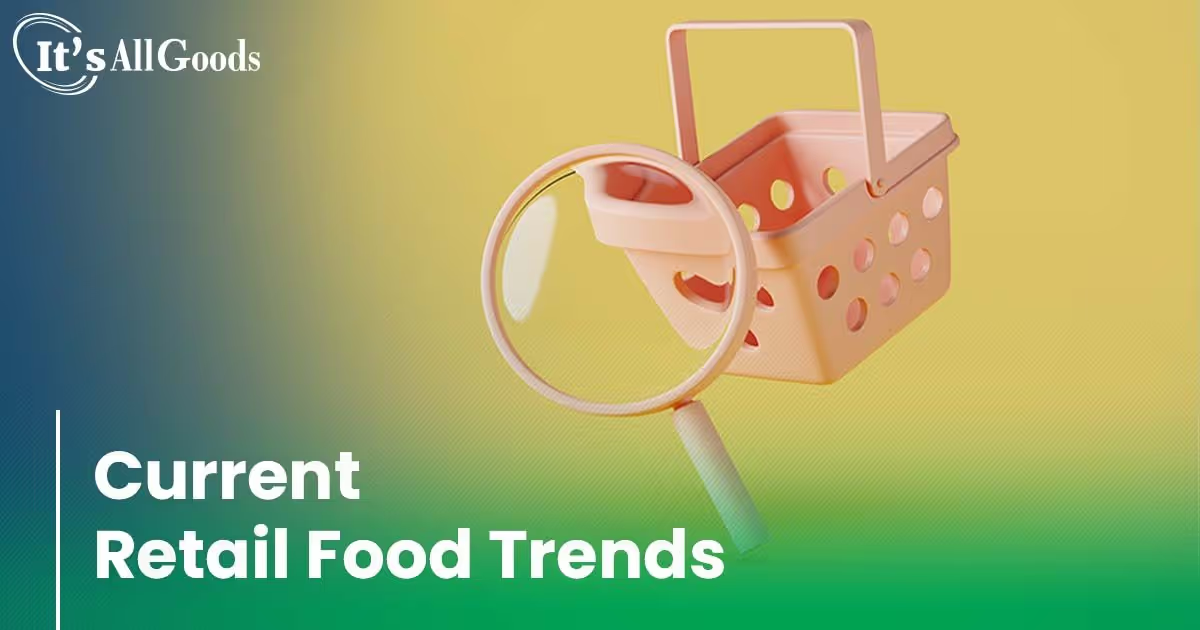

s the world modernizes and people gain access to more and more knowledge, food trends develop to keep up with the needs and desires relevant to people. Food trends come and go based on the current and future world circumstances. In recent years, the pandemic has enlightened more and more people on the issues facing the world when it comes to food supply and health issues. When looking forward to 2023 and beyond, food trends are following the world’s economic and health concerns and rallying to support these areas.
The world’s population is expected to grow to 9.8 billion people by the year 2050, and because of this projection, a systemic change in how the world produces food is at the forefront of everyone’s minds. With that, food production utilizes over half of the world’s land that would be inhabitable to people and a majority of the freshwater for the production of livestock.
Sustainable foods are one answer to the growing concerns of feeding the people of the world. Sustainable foods meet the growing needs of feeding the world population through an integrated system of plant and animal production that takes into consideration enhancing the environment, making the most efficient use of non-renewable resources, and maintaining the economic viability of farming and maintaining the safety of farmers and the workers who are exposed to all elements of farming.
The future of our nation depends on our ability to produce food and fiber to sustain the world. Phil Bredesen, American politician and Businessman
For example, plant-based food requires fewer renewable resources to produce than those produced from animals. Foods such as whole grains, legumes, vegetables, and fruits are minimally processed and have less impact on the environment when produced.
Over 62% of consumers in America have reported that sustainability has a strong impact on the foods they buy. Consumers are opting to forego convenience and price to ensure they are consuming products that are sustainable based on the packaging and the product itself.
As of the beginning of 2021, there were 79 million vegans in the world. That counted for only 1% of the world population however, if trends continue as they are now, that number is expected to hit 1 out of every 10 people in the world who will be vegan in the next 10 years.
People who have opted for a vegan lifestyle do so for the benefit of animals and for the health benefits of avoiding animal products and by-products. Scientific studies show that people who live a vegan lifestyle tend to get more nutrients in their diets such as potassium, magnesium, and folate. Studies have also shown that vegan diets help to improve liver function and have a lower risk of developing type 2 diabetes.
One-third of Americans are opting to leave the meat out of their diets. The plant-based meat market grew by $430 million in only one year, 2019-2020. This number is projected to hit $24.8 billion by 2030.
Plant-based milk products are a huge desire of consumers with 35% of plant-based food purchases being in this category. The consumer demand for plant-based milk products is expected to reach $42.86 Billion by 2029.
Over 63% of adults in the United States say that food ingredients on the label have an influence on what they buy. There is no mandate at this time for “clean labeling” of foods but the demand from consumers who want to know what is in their foods cannot be unheard. Consumers want to understand exactly what they are consuming are disenfranchised by the long, technical terminology of the ingredients on their food labels.
Consumers are readying packaging to first see if food and its packaging are sustainable and then are looking to see if the ingredients are fewer and simpler than normal. Consumer food preferences are changing based on current world concerns and consumers are researching, reading, and paying attention.
Of surveyed Americans, 90% said they have replaced at least one meal every week with a snack. American’s have extremely busy lifestyles and with remote work and decreased accessibility to restaurants due to pandemic closures, American’s are opting for snacks instead of formal meals.
Consumers, over 51%, are desiring snacks that are high in protein. Snacks like nut and fruit mixes and protein bars are among the most popular options. Other items that consumers are looking for are meat and cheese trays and jerky. They are also demanding global flavors to make their snacking a bit more exotic.
Keeping in line with the other food trends, consumers are looking for sustainable snack options including those that are plant-based. Also, consumers want to see packaging that promotes sustainability and food that support lifestyle choices such as being vegan and gluten-free.
Convenience stores can benefit from all of the data and the upcoming food trends by differentiating the foods offered and advertised in top spots inside the store. Knowing that consumers want plant-based, vegan options that are sustainable and snacks that replace at least on meal, c-store owners can focus on obtaining those offerings as opposed to traditional c-store items.
C-stores can create an experience for their shoppers by making their offerings a part of consumers lives instead of merely a place to get gasoline. With the number of people who work remotely or on the road, c-stores are in place to be a regular destination for consumers with products that support the lifestyles and beliefs of today’s shoppers.